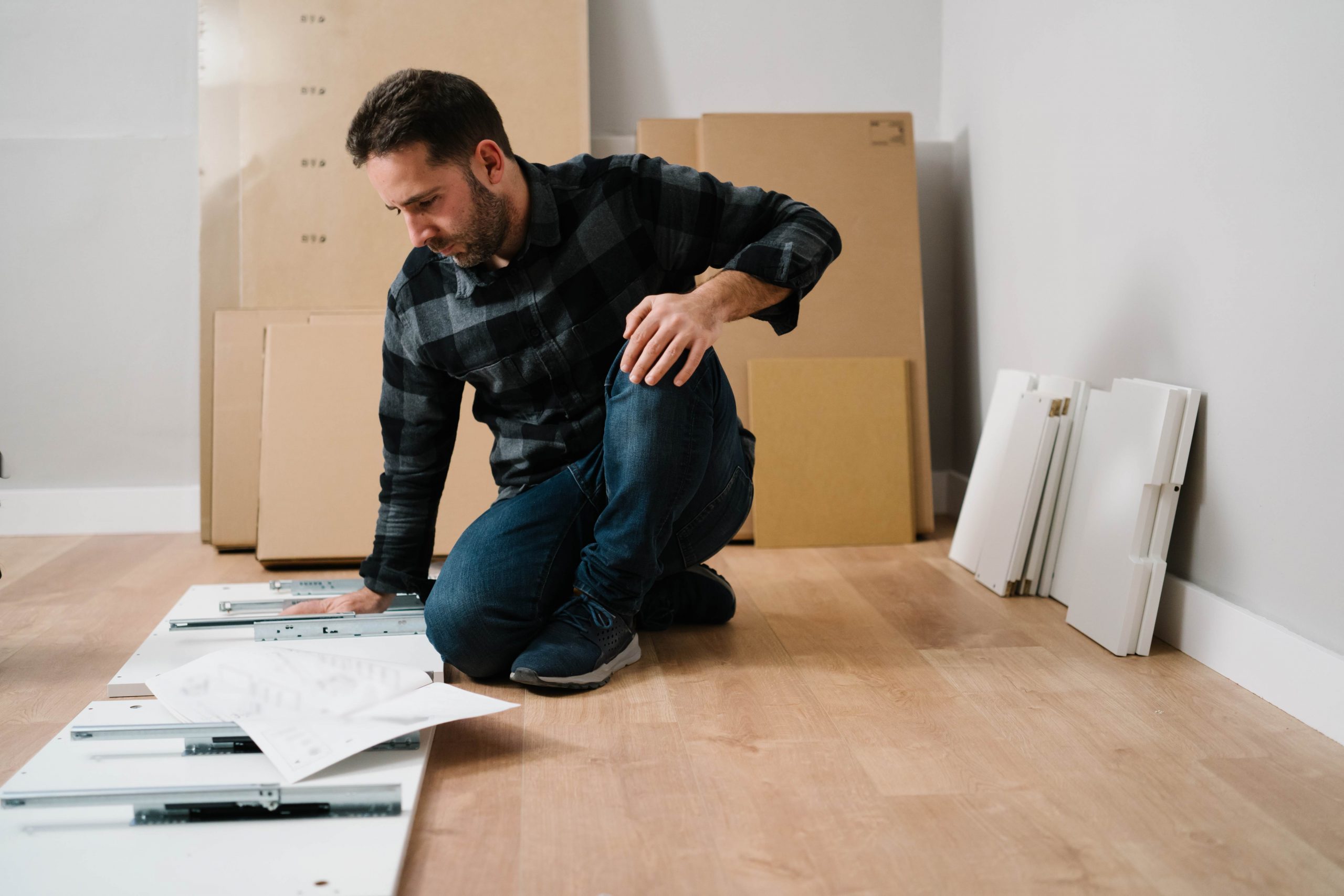They are an often unnoticeable but very important element of tables, tables, and sometimes chairs or poufs for sitting. They mainly provide stabilisation of the floor and resistance to damage of the elements they insure, usually being a connection between two parts of furniture. Apart from their purely practical advantages, they can also be an element of space arrangement, filling in the decor of the room they are placed in in an interesting way – if, of course, they are well chosen. Well matched, they can also be almost invisible to the eye ensuring complete discretion.
Furniture feet specifications
Depending on the demand, the market offers a number of furniture legs which differ in terms of functionality, material or appearance. In furniture shops, you will find legs with special height adjustment, which allow you to balance the leg position within the range presented by the manufacturer. Of course, there are also classic legs, without balance.
As far as the material itself is concerned, there is often plastic, commonly presented as plastic, which, together with legs made of metal alloys, constitutes a variety of light and handy legs intended for supporting small furniture. There are also legs for massive, heavy furniture which can weigh up to 100 kg – these are steel legs. The margin of confidence in this type of material is overwhelmingly greater than in plastic. They provide solid stability.
Adjustable furniture legs – Furnica
The look is also not without effect – not once can we notice one element of interior design, which can spoil the whole room. Furniture legs can blend in with the colour of the furniture and remain unnoticeable, but they can also be a design element themselves – the decision is up to the potential customer.
Accessories
A very important element of every furniture leg is the washer. A badly chosen one may cause damage to tiles or panels on which the given piece of furniture is placed. Fortunately, there is a wide range of pads on the market, e.g. felt pads, self-adhesive pads.
A furniture leg alone is not able to function. It needs, among other things, screws, thanks to which it can be drilled in front of the bottom with the help of a drill. You can also try a simpler solution and use dowels, glue or thread. This method is suitable for less experienced DIY enthusiasts due to its simplicity and lower risk of damaging furniture and the leg itself.
